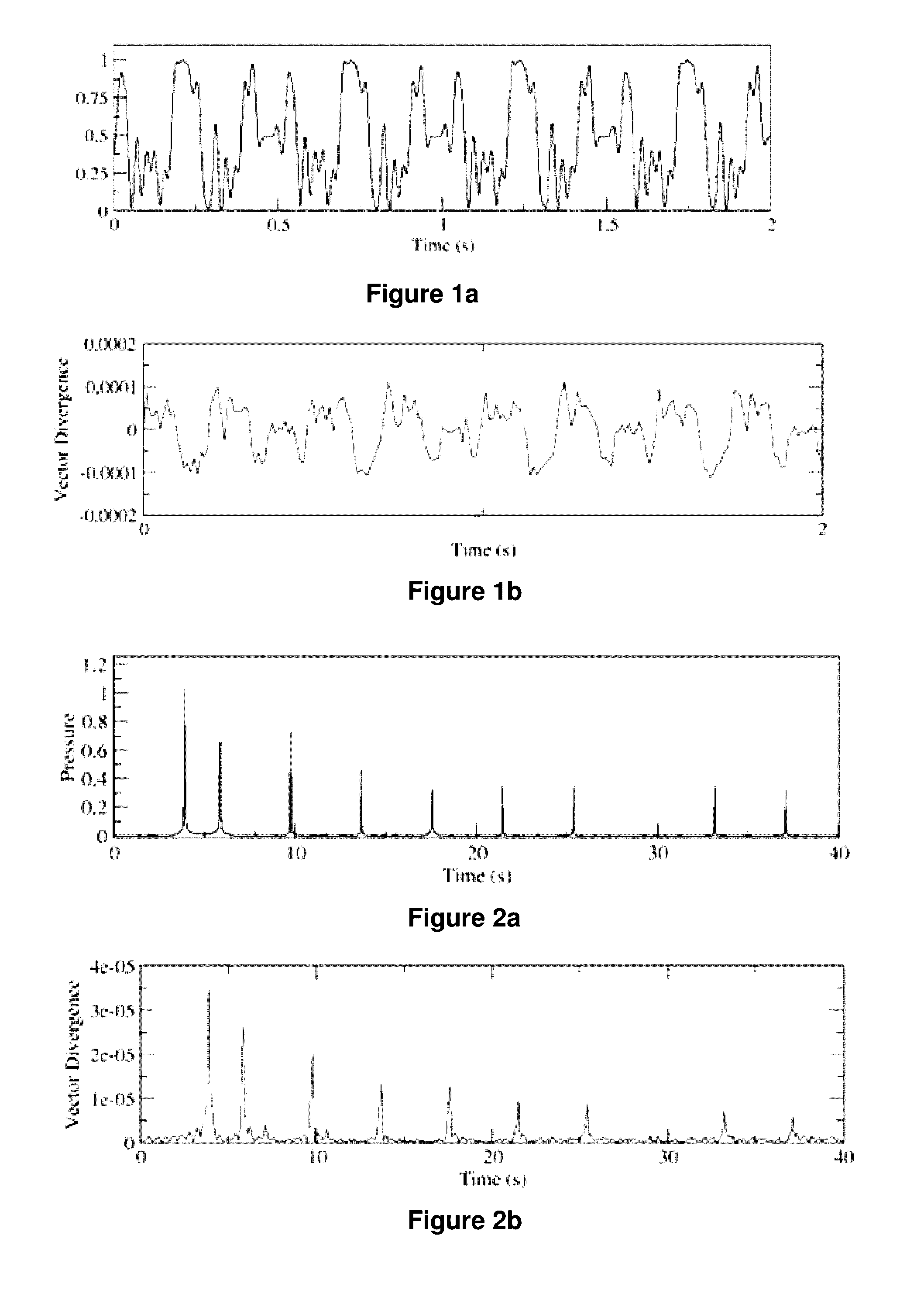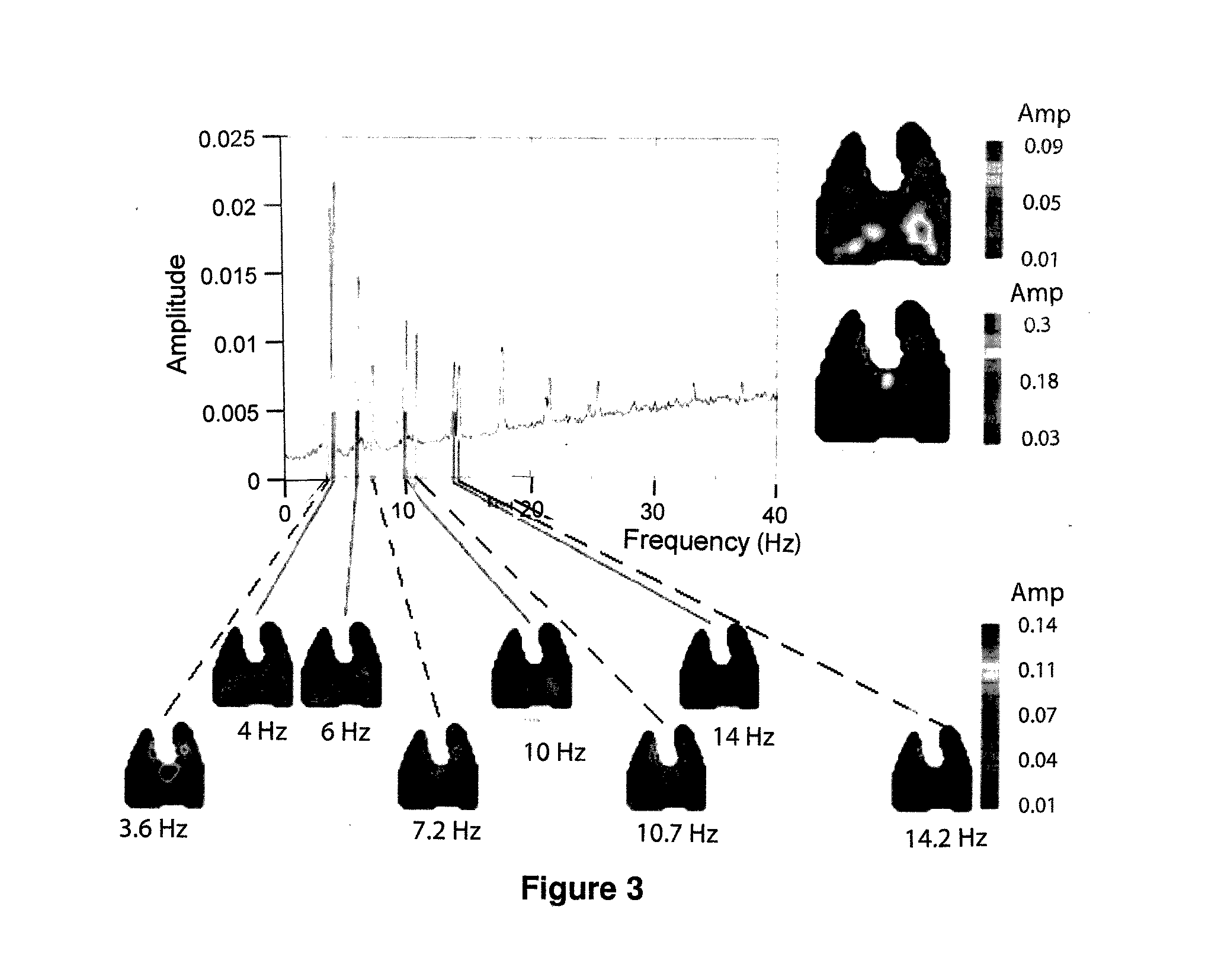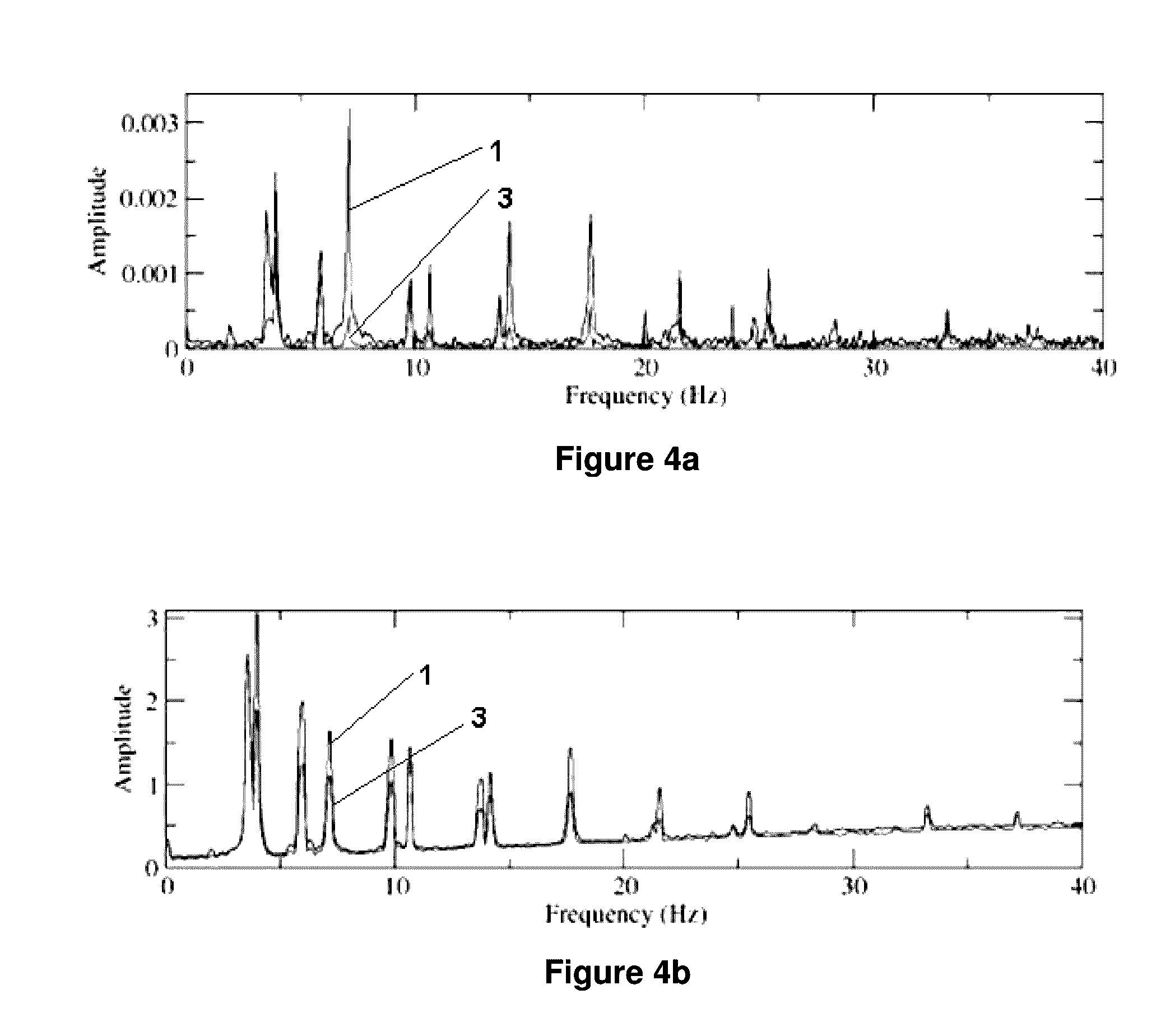Method and system for imaging
a technology of imaging and system, applied in the field of imaging method and system, can solve the problems of not being able to image the lung with sufficient spatial and temporal resolution, affecting the airflow during breathing, altering the normal motion of the lung,
- Summary
- Abstract
- Description
- Claims
- Application Information
AI Technical Summary
Benefits of technology
Problems solved by technology
Method used
Image
Examples
Embodiment Construction
[0125]Although many different imaging methods are suitable for use in the present invention, in a particularly preferred embodiment the present invention uses phase-contrast x-ray imaging (PCXI). PCXI exploits the phase change caused by x-ray refraction when passing between media of differing refractive indices to produce high contrast images of the lung. Interference between transmitted and refracted x-rays produces high contrast images of the air / tissue boundaries compared with conventional x-ray absorption techniques. It is able to achieve this because the phase shift of the x-rays is generally more than three orders of magnitude greater than the absorption over the diagnostic x-ray energy range (20 keV-90 keV). An important consequence of this is that phase-contrast images can be recorded with significantly lower dose than conventional images, which is particularly important for both longitudinal studies and dynamic studies where repeated imaging is required. These benefits are ...
PUM
 Login to View More
Login to View More Abstract
Description
Claims
Application Information
 Login to View More
Login to View More - R&D
- Intellectual Property
- Life Sciences
- Materials
- Tech Scout
- Unparalleled Data Quality
- Higher Quality Content
- 60% Fewer Hallucinations
Browse by: Latest US Patents, China's latest patents, Technical Efficacy Thesaurus, Application Domain, Technology Topic, Popular Technical Reports.
© 2025 PatSnap. All rights reserved.Legal|Privacy policy|Modern Slavery Act Transparency Statement|Sitemap|About US| Contact US: help@patsnap.com



